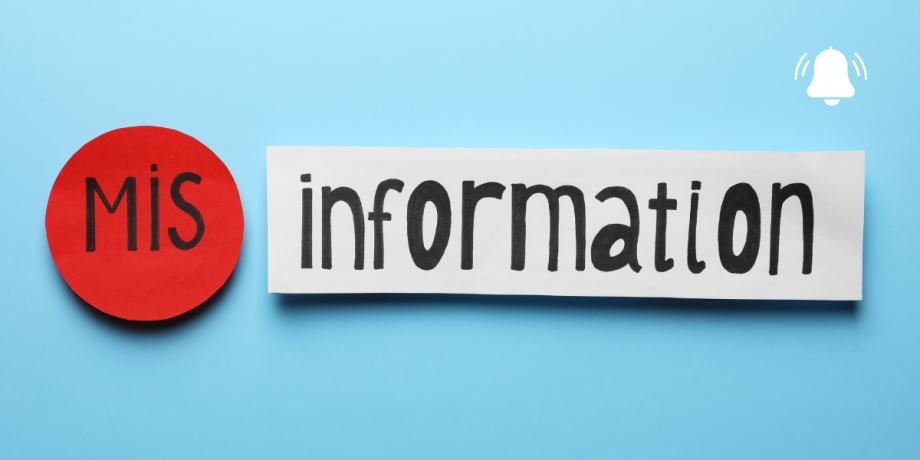

By Rena Tsangari, PR & Events Manager
In today's digital era, information spreads at an unprecedented speed. While this can be beneficial in many ways, it also means that misinformation can travel just as quickly, if not faster. Building and maintaining trust has never been more critical as a PR Manager. Here’s how we can navigate the age of misinformation and ensure our audience places their confidence in us.
Misinformation can take many forms: fake news, rumors, misleading statistics, or even harmless misunderstandings that spiral out of control. The first step to combating misinformation is understanding where it comes from and how it spreads. Social media platforms, blogs, and even mainstream news sources can unintentionally become channels for misinformation. By staying informed about the sources and types of misinformation, we can better prepare to address it.
One of the most effective ways to build trust is through transparency. This means being open about our processes, decisions, and mistakes. When organizations acknowledge errors and take responsibility, they demonstrate integrity. In the long run, this transparency fosters deeper trust, as audiences appreciate honesty over perfection.
Building trust is a two-way street. Engaging with your audience through open communication channels is crucial. Respond to comments and questions on social media, hold Q&A sessions, and encourage feedback. This engagement shows that you value your audience’s opinions and are committed to a dialogue rather than a monologue.
Ensuring that all information your organization shares is accurate and well-sourced is essential. Fact-checking before publication is a must. When sharing news or updates, provide references to credible sources. This helps in disseminating correct information and builds your reputation as a reliable source.
Another key step is to educate your audience to recognize misinformation. Share tips and tools for verifying information, such as checking the credibility of sources, looking for evidence of bias, and being skeptical of sensational headlines. An informed audience is less likely to fall prey to misinformation and more likely to trust your content.
Partnering with experts and thought leaders in your industry can lend credibility to your information. Expert collaboration can provide authenticity to your communications, Whether through guest blog posts, interviews, or co-hosted events.
The landscape of misinformation is constantly evolving, and so should your strategies. Use tools to monitor the spread of misinformation related to your industry and adapt your communication strategies accordingly. Staying agile and responsive will help you stay ahead of misinformation trends.
While battling misinformation, remember to highlight positive stories and successes. Sharing testimonials, case studies, and positive outcomes can reinforce trust. People are more likely to believe in an organisation that showcases its impact and real benefits.
Creating a sense of community around your brand can significantly boost trust. Foster a community where members can share their experiences, provide support, and advocate for your brand. A strong community can buffer against misinformation, as loyal members will likely defend and support your brand.
Consistency in your messaging, values, and actions is key to building trust. When your audience sees that your organization consistently stands by its principles and delivers on its promises, they are more likely to trust you.
Building trust in the age of misinformation requires a proactive and multifaceted approach. By being transparent, engaging with your audience, providing reliable information, and fostering a community, you can create a foundation of trust that withstands the challenges of misinformation. Remember, trust is not built overnight but through consistent and genuine efforts. Stay committed to these principles, and your organization will survive and thrive in this complex information landscape.
By focusing on these strategies, we can ensure that our communication efforts are trustworthy and effective, ultimately fostering a more informed and trusting audience.
Share